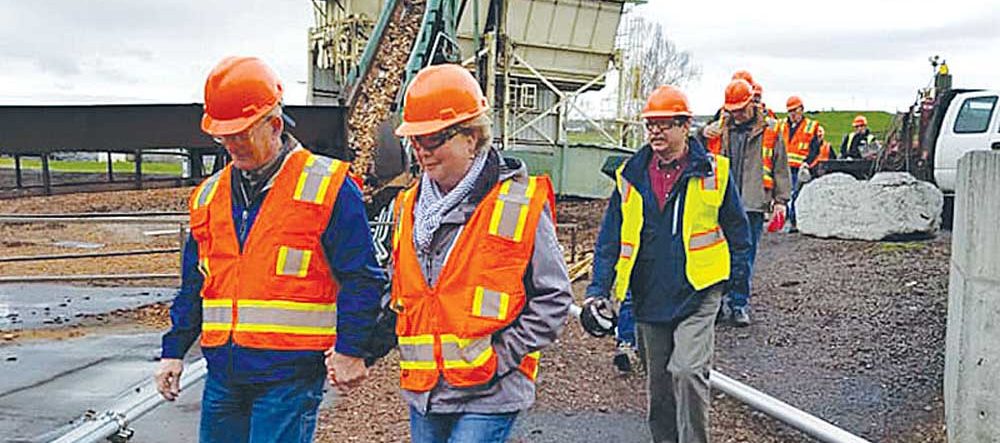Eye to the sky | Skywarn Spotters are the National Weather Service’s eyes in the community
Published 6:00 am Thursday, May 21, 2020

- Nierenberg
Do you enjoy watching the weather? Are you someone who likes helping your community and keeping others safe? If you answered “Yes” to both of these questions, you may be interested in becoming a “Skywarn Spotter.”
So, what exactly is a Skywarn Spotter? Skywarn is a nationwide network of between 350,000 and 400,000 volunteer storm spotters that are trained by the National Weather Service to report threatening weather when they observe it.
Trending
The Skywarn program is over 50 years old, and even with the latest technologies, such as Doppler radar, satellites and high speed computers, the National Weather Service still relies heavily on ground truth reports. Some of these reports include snowfall measurements or confirmation of a tornado on the ground, hail size measurement or to confirm heavy rainfall or flooding.
Anyone can become a Skywarn Spotter, though you must attend a training class. Volunteers include members of law enforcement and emergency management, first responders, health care personnel, and any private citizen that just wants to help their community. Classes are offered periodically throughout the year, though are generally focused on the spring and summer. Topics covered include thunderstorm development and storm structure, tornadoes, different types of flooding, measuring snow, measuring hail, how and what to report, good and bad reports and basic severe weather safety and preparedness. All classes last about two hours and are free of charge.
Amateur radio is also part of Skywarn, though you do not have to be a HAM radio operator or have a HAM license to become a spotter.
The reports that spotters provide the National Weather Service are extremely valuable and can be lifesaving. While Eastern Oregon does not get the same type of severe weather as a place like Oklahoma, and you most likely would not be observing a large tornado or giant hail, there is still a need for spotters in this area. Radar coverage is affected by rugged terrain and a timely spotter report can be extremely beneficial in helping National Weather Service meteorologists with the issuance of warnings and getting the word out to neighboring communities. Spotter reports of flooding are also very important as flooding can be very quick to occur in narrow canyons and people may be hiking or camping nearby.
Additionally, the rural nature of most of the region often makes it difficult for us to obtain the “ground truth” or what is actually happening at a specific location. There could be hundreds of miles between where people live and having someone who could call us with a report is extremely valuable. Terrain presents another challenge, as weather can change drastically with elevation. It may be raining or snowing on one side of the mountains and on the other side it is very windy with no precipitation whatsoever.
If you think you may be interested in becoming a Skywarn Spotter, please check the National Weather Service Pendleton spotter training website at weather.gov/pdt/spotterTraining or our office’s Facebook and/or Twitter pages, where we will post training class announcements as they become available.
Trending
In most years we have several in-person classes across the region and one or two classes via webinar. However, due to the special circumstances this year, all classes this spring will be via webinar. We hope to get back to some live classes in the fall, and if not by then, certainly next spring!









